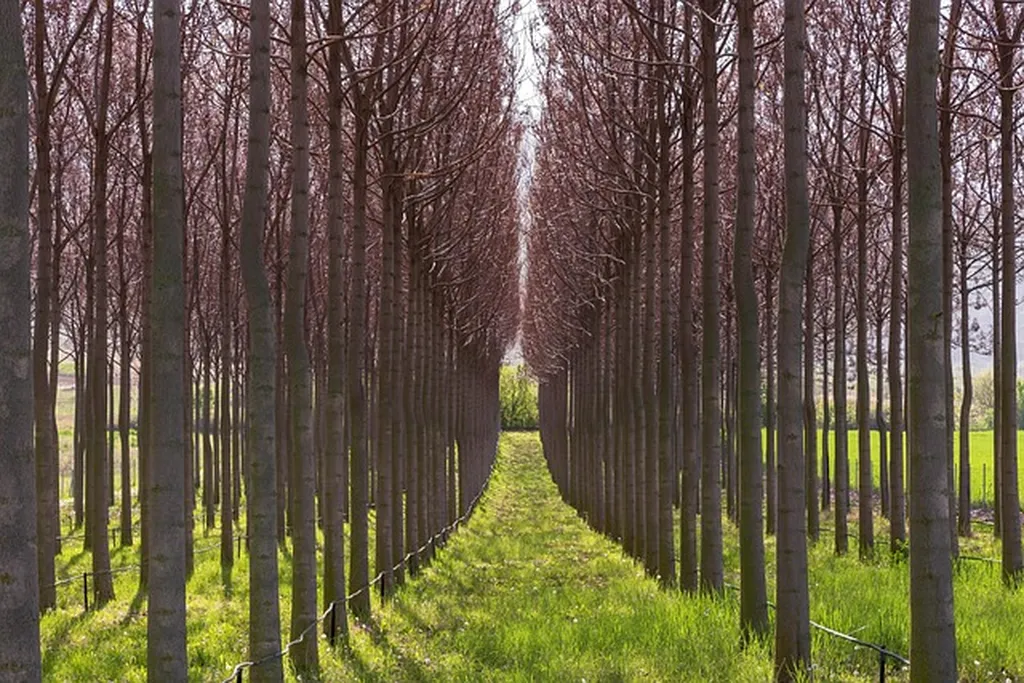In the heart of Central Asia, where water is a precious commodity, a unique experiment is unfolding that could reshape the region’s timber industry and offer valuable insights for global dryland forestry. Independent Scholar Niels Thevs has been leading a study on Paulownia plantations in Kyrgyzstan, exploring the delicate balance between water consumption and timber production in arid climates. The findings, published in the Central Asian Journal of Water Research (translated from Russian as “Central Asian Journal of Water Research”), offer a promising outlook for the region’s renewable raw material sector.
Paulownia, a fast-growing tree known for its high-quality timber, has been introduced to Central Asia in recent years. Its applications range from furniture and house construction to specialized uses like boat building, surfboards, and skis. However, the region’s dry climate presents a challenge: Paulownia requires irrigation, and water scarcity is a recurring issue. Thevs’ study aimed to assess the water consumption and productivity of Paulownia, providing crucial data for stakeholders in the timber and water management sectors.
The study site was a six-year-old Paulownia plantation, established in May 2017 and cut back to its stumps in 2018. Thevs and his team calculated daily crop evapotranspiration using the Penman-Monteith approach, with crop coefficients derived from actual evapotranspiration values obtained through the remote sensing method S-SEBI. “This approach allowed us to gain a comprehensive understanding of the water dynamics in the plantation,” Thevs explained.
The results revealed that water consumption per tree varied across the growing seasons, with values of 1741 liters in 2020, 4461 liters in 2021, 4500 liters in 2022, and 4407 liters in 2023. Despite the significant water input, the study found that Paulownia’s water productivity for stem wood was impressive. Over the entire period from planting in 2017 to 2023, the water productivity was 1.59 grams per liter and 5.65 milliliters per liter.
Thevs emphasized the commercial potential of Paulownia, stating, “Given the high quality of its timber and its range of high-value applications, the water consumed by Paulownia enables higher value timber and timber products than other trees that grow in comparable areas of Central Asia.”
The implications of this research extend beyond Kyrgyzstan. As global demand for sustainable and high-quality timber grows, Paulownia could emerge as a valuable resource in other dryland regions. The study’s findings could guide policymakers, investors, and farmers in making informed decisions about water use and timber production.
Moreover, the integration of remote sensing techniques like S-SEBI offers a scalable and efficient method for monitoring water consumption in large-scale plantations. This could revolutionize water management practices in the timber industry, ensuring sustainable use of this vital resource.
As the world grapples with climate change and water scarcity, Thevs’ research offers a beacon of hope. By demonstrating the potential of Paulownia in arid climates, it paves the way for innovative solutions in the timber industry and contributes to the broader discourse on sustainable resource management. The study, published in the Central Asian Journal of Water Research, serves as a testament to the power of interdisciplinary research in addressing real-world challenges.

